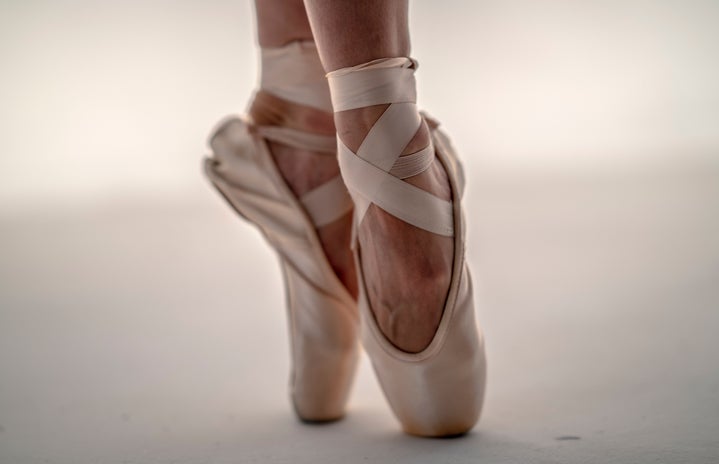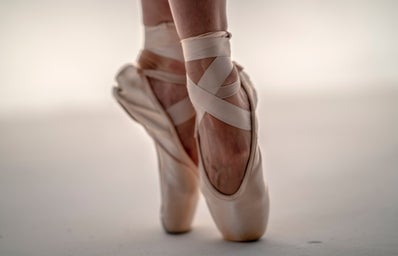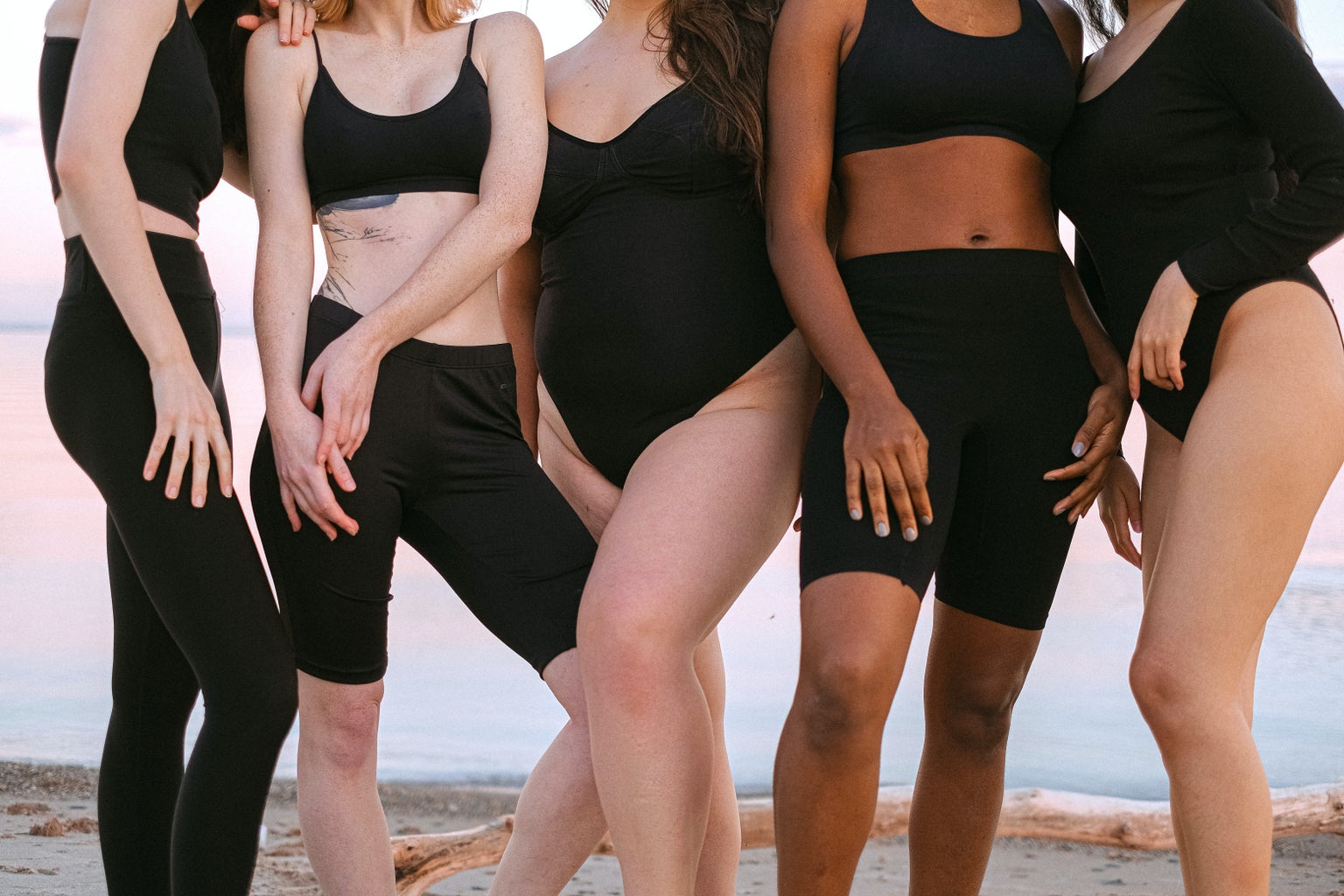I was nine when I started aspiring to be like the pretty, skinny older dancers at my dance studio. I couldn’t wait to have matured and look in the mirror and be what I defined as graceful and elegant. Starting dance when I was in fourth grade and continuing until I was a senior in high school drastically changed how I perceived my body and other people’s bodies. Unlike many other studios, no one at mine directly said the infamous ballet teacher quote, “I can see your lunch,” but the environment that exists in the dance community is harsh for all women, especially young ones.
Being in dance classes for at least eight hours every week meant that I lived a lot of my life outside of school in my dance studio. It was where I ate some of my meals and where 95% of my time looking in the mirror was spent. I loved every second of it, but it’s where I developed thought patterns that I’ve only just begun to try to reverse. Comparison is only natural in a dance class — you’re taking a class with a bunch of girls in front of a giant mirror in nothing but tights and a leotard with your hair pulled up in a bun so that every inch of you is exposed. It feels like everyone can track if you gain or lose weight, or even if you’re just bloated because you’re on your period. The posture one must hold throughout the entirety of ballet class is completely pulled up with everything sucked in. If your stomach was relaxed at all you would be told to suck in your stomach. We would be excited if we were having class in the room with the “skinny mirror” that day. Older women would make comments on how they missed when they were our age and looked like us.
I physically watched as my body changed from a pre-teen to a teenager in front of my eyes. Every year when we would get measured for costumes, I had the numbers that showed my body becoming less like a kid’s and more like a woman’s. I would look at the seniors in my company and wish I looked more like them — wish I had a flatter stomach, smaller thighs, smaller arms. In my head, I would say that I wished for these things so that I could dance with more ease, as I would have less weight on them, but really it was so that I would fit the mold of a “standard” ballet dancer who is extremely tiny. When I had to tell my teachers that I was a size large in leotards, I remember rushing to say that it was because I have a long torso, as if being a size large was something to be ashamed or embarrassed by.
None of these practices in the dance studio can be directly changed because that is simply what ballet is, but what can be helped is educating both dancers and teachers on the dangers of looking at yourself and others in a mirror for so long at such an impressionable age. It’s not an environment that directly causes body-image issues, but if left unchecked, it is very easy for these issues to arise. Dance is something that I loved and still love, so deeply. My hope is that more people recognize that this cycle will continue unless young dancers are told and taught that they can be a dancer no matter what size their body is, and that they belong in dance and will always belong in dance.
Can’t get enough of HC UMass Amherst? Be sure to follow us on Instagram, listen to us on Spotify, like us on Facebook, and read our latest Tweets!




